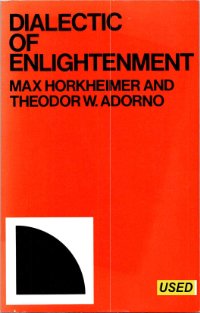By Daniel LaChance
It was a compromise that admitted Missouri into the Union as a state in 1821, temporarily settling a question that would soon divide the country into civil war: was it moral for white people to own Black people as property? In Missouri, the answer was yes, and it joined the Union only with assurance that white people could lawfully continue to own enslaved Black people in the territory. A few decades later, the United States Supreme Court told one of those enslaved men, a man named Dred Scott, that not only would he remain in slavery in Missouri, but also that he was not, and never would be, a citizen of the United States. From the beginning, therefore, race was a critical part of Missouri’s origin story, and racial bias in all its forms — segregation, discrimination, con#ict, and violence – informed its future. "is report focuses on the death penalty — its past and present use. By studying who are targeted, prosecuted, and executed in Missouri, both legally and illegally, clear patterns emerge. "e data show that the race of defendants and the race of their victims has always played an outsize role in determining who will be sentenced to death in Missouri. "ere are also strong correlations suggesting that charging decisions, crime solving, and policing are also in#uenced by Missouri’s historical treatment of Black people. "e areas of concern identi!ed in this report are deserving of careful study, and may be of particular interest to researchers, legislators, and advocates. Early death penalty statutes identified specific crimes that were only punishable by death if committed by an enslaved person. Historically, a person’s race was the most important factor in determining whether they would be punished by death in Missouri. In 1804, the territory encompassing present-day Missouri adopted “"e Law Respecting Slaves,” which outlined a series of crimes punishable by death only if they were committed by an enslaved person. "ese crimes included slave conspiracy to rebel, make insurrection, or murder; slave preparation, exhibition, or administration of any medicine; and stealing a slave. Black people and white people alike were eligible to receive death sentences for any of the following crimes: treason, murder, arson, and burglary or robbery where an innocent person died.1 "en in 1820, white delegates in the territory attended the Missouri Constitutional Convention and drafted the !rst state constitution. Among the provisions they adopted was a death penalty statute that purported to eliminate these racial distinctions. Article III, Section 27 of the constitution read in part, “...a slave convicted of a capital o%ence shall su%er the same degree of punishment, and no other, that would be in#icted upon a free white person for a like o%ence...” "e subsequent section dictated that “Any person who shall maliciously deprive of life or dismember a slave, shall su%er such punishment as would be in#icted for the like o%ence if it were committed on a free white person.”2 While this provision super!cially eliminated racially speci!c death sentences, the reality was that race continued to play a critical role in determining who would live or die in Missouri, either at the hands of the state or by a murderous mob.
Washington, DC: Death Penalty Information Center, 2023. 43p.





















